
District History
In the early 20th century, agriculture dominated southeastern Ventura County. By the mid-1900s, communities were developing among the agricultural areas and the population was steadily growing. Artesian wells, which were plentiful on the Oxnard Plain in the early to mid-1900s, began to require pumps as the groundwater was extracted faster than it could be replenished. Multiple dry years challenged the reliability of the water supply. As development increased during the mid-20th century, water quality and availability became an important concern in the southeastern portion of the County. Calleguas Municipal Water District was formed in 1953 to provide a supplemental water supply to the growing region.
Calleguas has been integral to the development of southeastern Ventura County. Over the last half century, the number of residents in the District’s 366 square-mile service area has more than quadrupled from 138,000 in 1964 to approximately 640,000 in 2024, roughly 75 percent of Ventura County’s population. Four of the six cities within its present-day service area incorporated after Calleguas began supplying the region with imported water – Camarillo, Thousand Oaks, Simi Valley, and Moorpark.
It was the foresight of members of Calleguas’s original Board of Directors that led to the creation of the District in 1953. Calleguas continues to look ahead to meet the needs of its service area for generations to come. See Focus on the Future for more information.
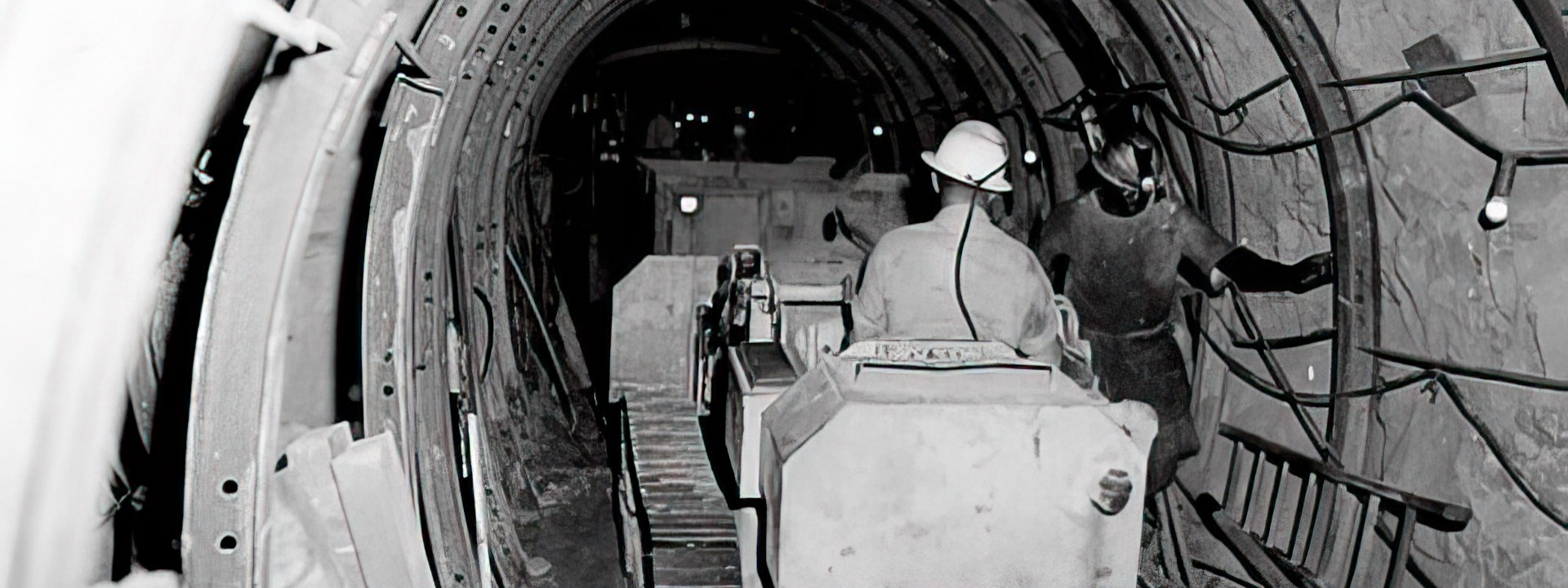
District Timeline
1953
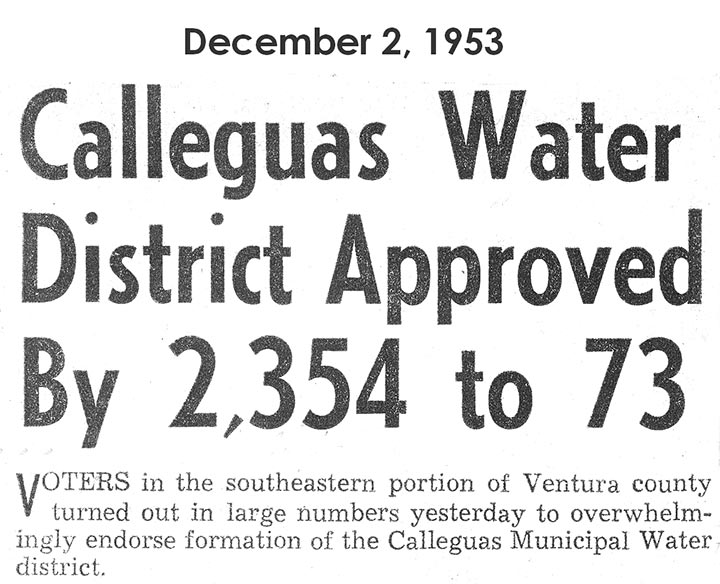
Calleguas Municipal Water District is formed
Faced with recurring droughts, an expanding population, and economy that would soon exhaust local drinking water supplies, voters in southern Ventura County united to form the Calleguas Municipal Water District for the purpose of providing the region with a reliable supply of high-quality supplemental water.
1960
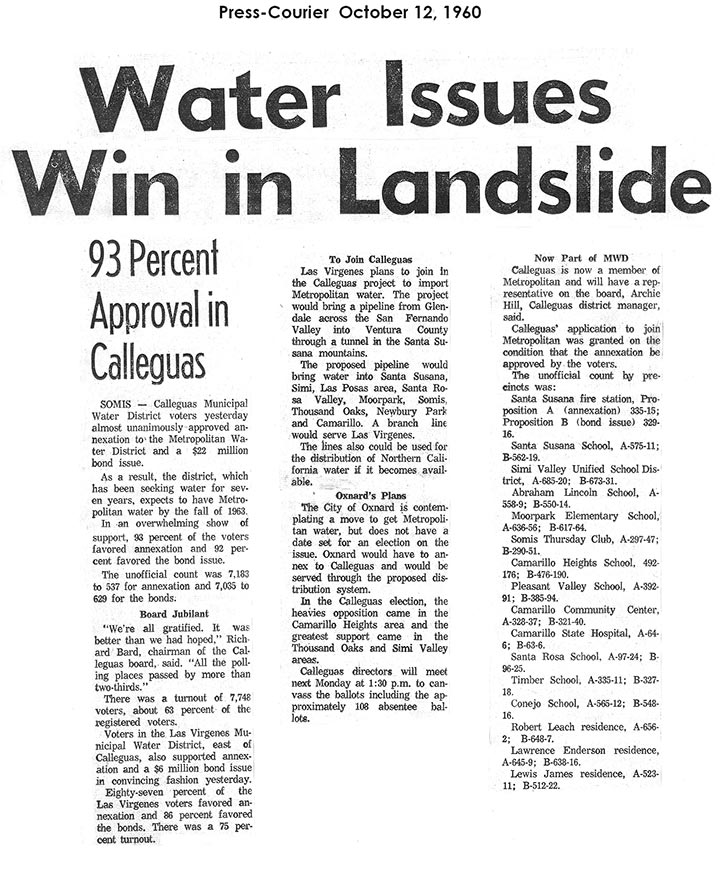
Calleguas joins Metropolitan
Voters approved annexation of the combined 14,000-acre Calleguas and Las Virgenes districts to the Metropolitan Water District of Southern California, a wholesale provider of imported water. In Calleguas’s service area, 93 percent of voters approved joining Metropolitan. Voters also authorized bonds to fund a pipeline to bring Metropolitan water to the area.
1962

Santa Susana Tunnel is completed
Shortly after becoming a member agency of Metropolitan, Calleguas started building a pipeline network to bring imported water into Ventura County. It cost $22 million to construct the more than one-mile-long Santa Susana Tunnel through the mountains east of Simi Valley, along with the necessary pipelines to connect to Metropolitan’s system in Los Angeles County.
1965
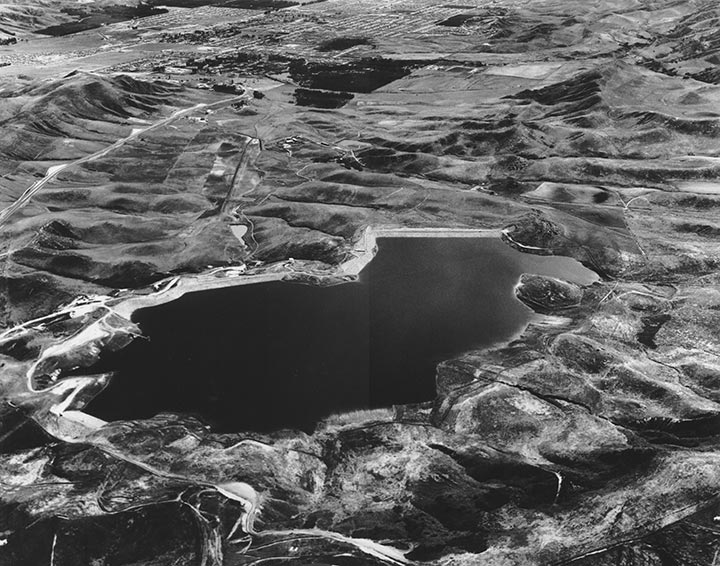
Lake Bard is constructed
Calleguas completed Lake Bard, a surface water reservoir, to store water for use to meet emergency demands. Lake Bard has a total storage capacity of 10,500 acre-feet, or 3.4 billion gallons.
1972
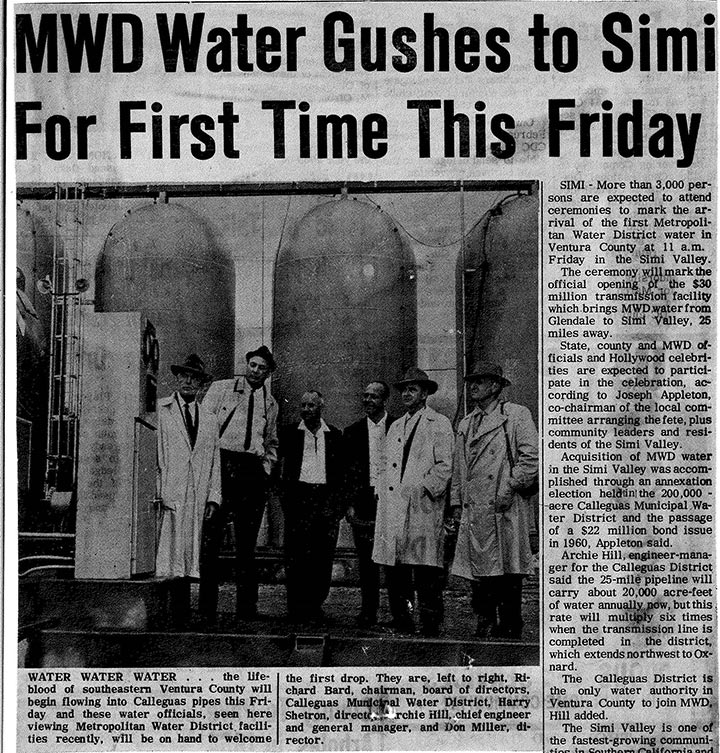
State Water Project deliveries begin
When Calleguas first joined Metropolitan, it received water imported from the Colorado River. With the completion of the west branch of the California Aqueduct and Metropolitan’s Joseph Jensen Water Treatment Plant in Granada Hills, State Water Project water from the Northern Sierra Nevada began flowing into the Calleguas service area in the spring of 1972.
1995
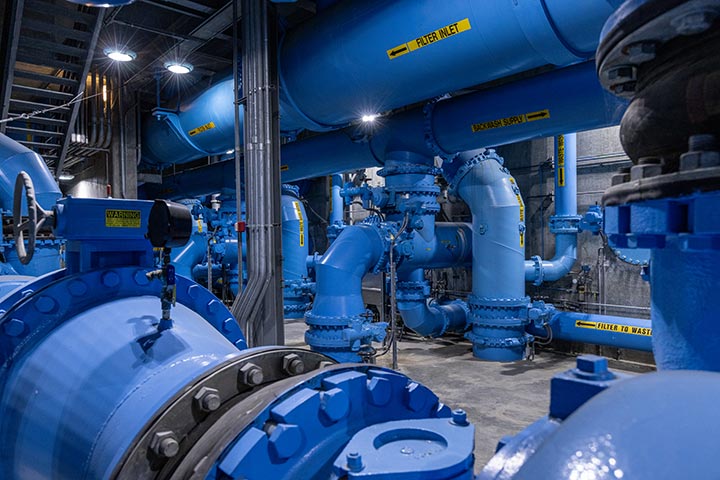
Lake Bard Water Filtration Plant is completed
In 1991, the U.S. Environmental Protection Agency imposed new water quality regulations requiring that previously purified water be treated again if it had been stored in an uncovered reservoir. To comply, Calleguas designed a treatment system for water stored in Lake Bard that not only meets all federal and state regulations but surpasses them. In 1995, Calleguas completed a $23 million state-of-the-art treatment plant.
1998
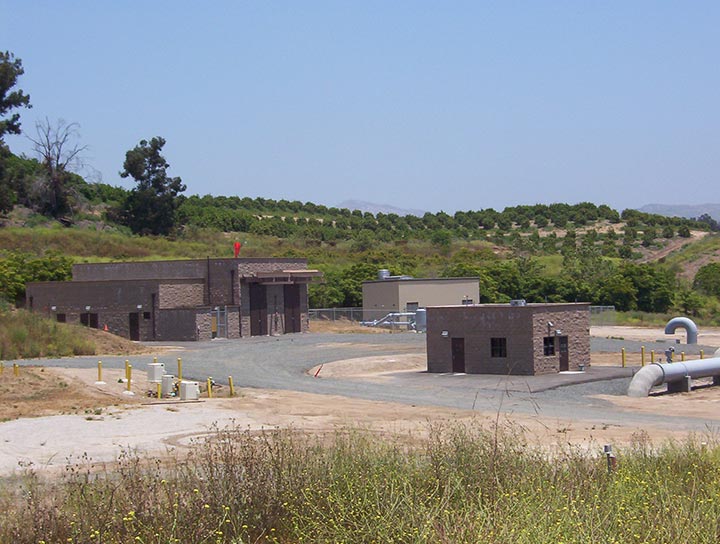
Las Posas Aquifer Storage and Recovery Wellfield (Las Posas ASR) is developed
The Las Posas ASR, located west of Moorpark, consists of 18 dual-purpose wells which can inject imported water into the East Las Posas groundwater basin for storage when excess supplies are available and extract the stored water in times of emergency or during scheduled events when transmission pipes or system facilities are taken offline for maintenance.
2005
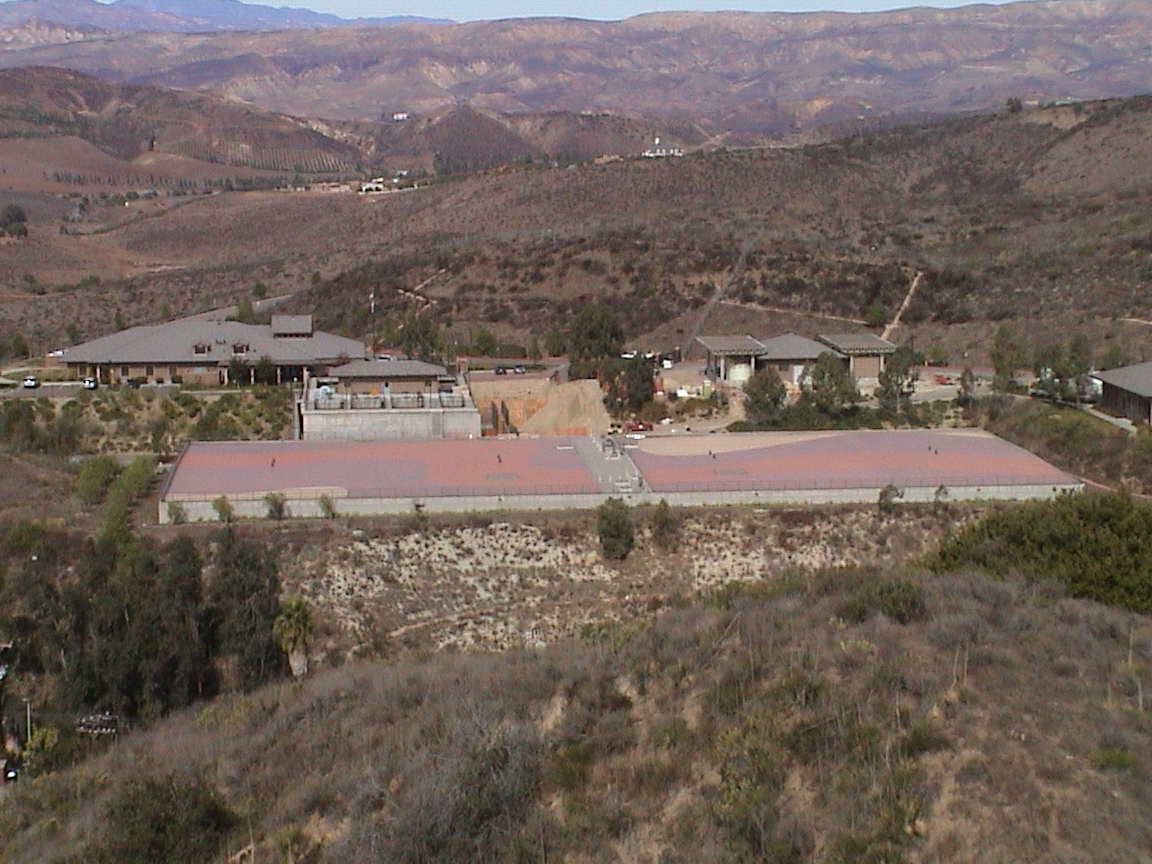
Lake Bard Water Filtration Plant is expanded
Expansion of the Lake Bard Water Filtration Plant was completed in November of 2005, increasing the plant’s capacity from 50 million gallons per day (MGD) to 65 MGD.
2014
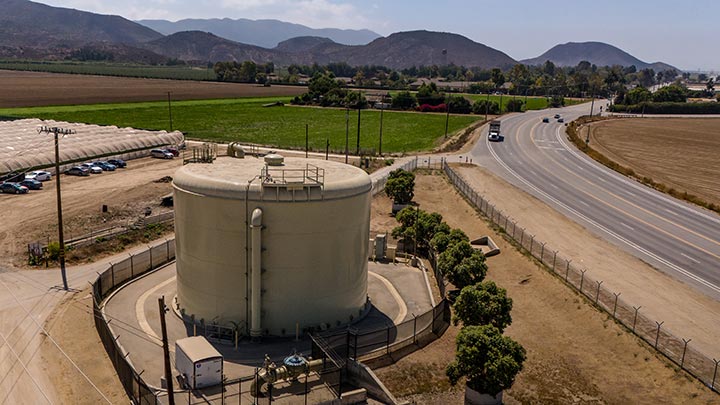
Salinity Management Pipeline (SMP) begins operation
Ventura County has abundant sources of groundwater, but much of the water is too high in salts for municipal and agricultural use. The SMP was designed to manage the use of high salinity groundwater and treated municipal wastewater, dispose of the brine produced by enhanced water treatment, and facilitate the development of water sources otherwise unavailable due to poor water quality. It consists of a pipeline system to transport excess recycled water and brine concentrate generated within the watershed to an ocean outfall. Over the years, several extensions of the SMP have been constructed to serve additional dischargers. The SMP currently extends approximately 22 miles from its upstream end in Somis, in unincorporated Ventura County, to its downstream terminus at the ocean outfall in Port Hueneme. By providing a brine disposal mechanism, the SMP enables cost-effective local development of potable water supplies.
2019
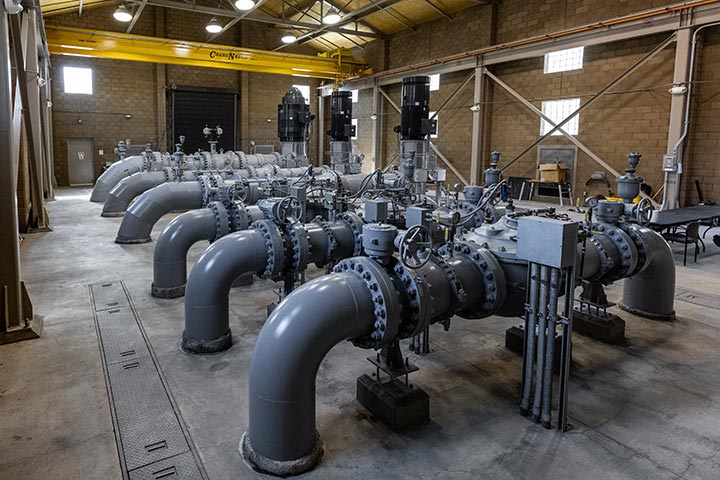
Grandsen Pump Station is completed
The Grandsen Pump Station enables Las Posas ASR Project water to be delivered to Calleguas’s entire service area.
